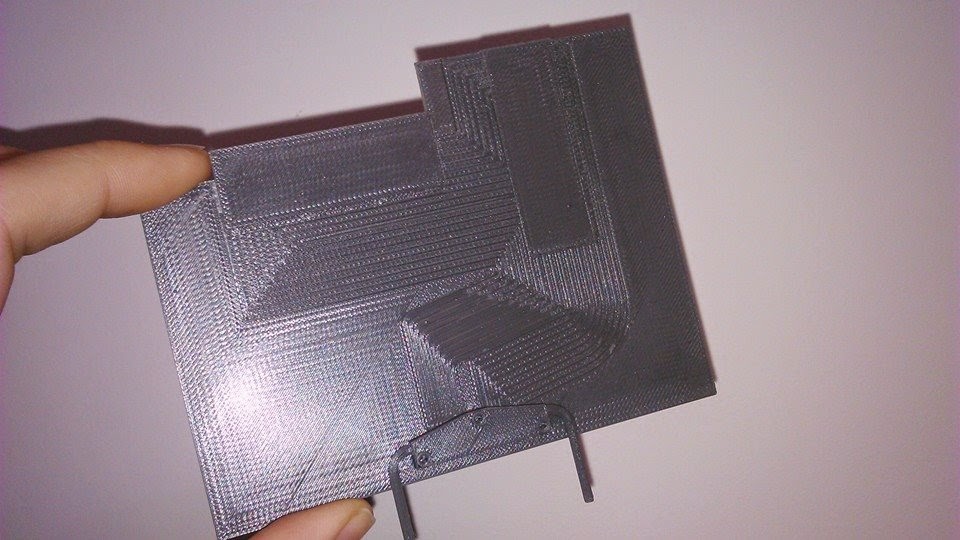Guest post by David Chapman, Royal Society
At first thought the words ‘ants’ and ‘information’ are
hardly two peas in a pod. Ants are those tiny creatures that invade your house
when the weather gets warm, or sprout wings and descend like a plague on a
sunny Sunday. And information; well that’s just stuff, right? The kind of stuff
you might want to take in about a particular topic, or the stuff that is
manipulated by the media, subsequently regurgitated and accepted as fact.
For scientists though, the two things mean much more. Ants
are a group of insects that evolved around 100 million years ago and have since
spread to inhabit almost every environment on earth, with an incredibly varied
set of over 12,500 classified species. Information, at its very basic level, is
anything from which we can learn something; it’s a change within a system; a
result of cause and effect from which we can derive data. It’s safe to say
that, without information, scientists would need some pretty nifty methods to
learn anything.
So how do they relate, and why is this important?
It turns out that ants are pretty good at communicating
information within their colonies. Although on an individual level they take
part in very simple interactions, the accumulation of thousands of these
interactions over time leads to some sophisticated decision making. For
example, if an external event is a threat to the colony – flooding, a predator,
or a twelve-year-old with a magnifying glass – they quickly organise themselves
without ever having to be told what to do; they have evolved the ability to
make collective, colony-level decisions with completely decentralised control.
This ability makes them quite useful for scientists to study
and Dr
Elva Robinson, holder of a Royal Society
Dorothy Hodgkin Fellowship, is doing just that. Elva uses Radio-Frequency
Identification (RFID) (miniature computer chips strapped to individual ants –
pictured) to investigate how tasks are allocated among the colony and how they
adapt to changes in task need (that child with the magnifying glass is back
again).
By studying these behaviours, Elva hopes to ease the very
modern problem of information overload. Modern society is completely saturated
with information and controlling it in the way we want is a big challenge. By
understanding how these ants achieve such a feat, we can tap into 100 million
years’ worth of evolutionary nouse and let these masters of information do the
hard work for us.
You can find out more about this fascinating topic at Ants and information, Saturday 1
November, 2.30pm, Manchester Museum.
Part of #msf14






.JPG)


